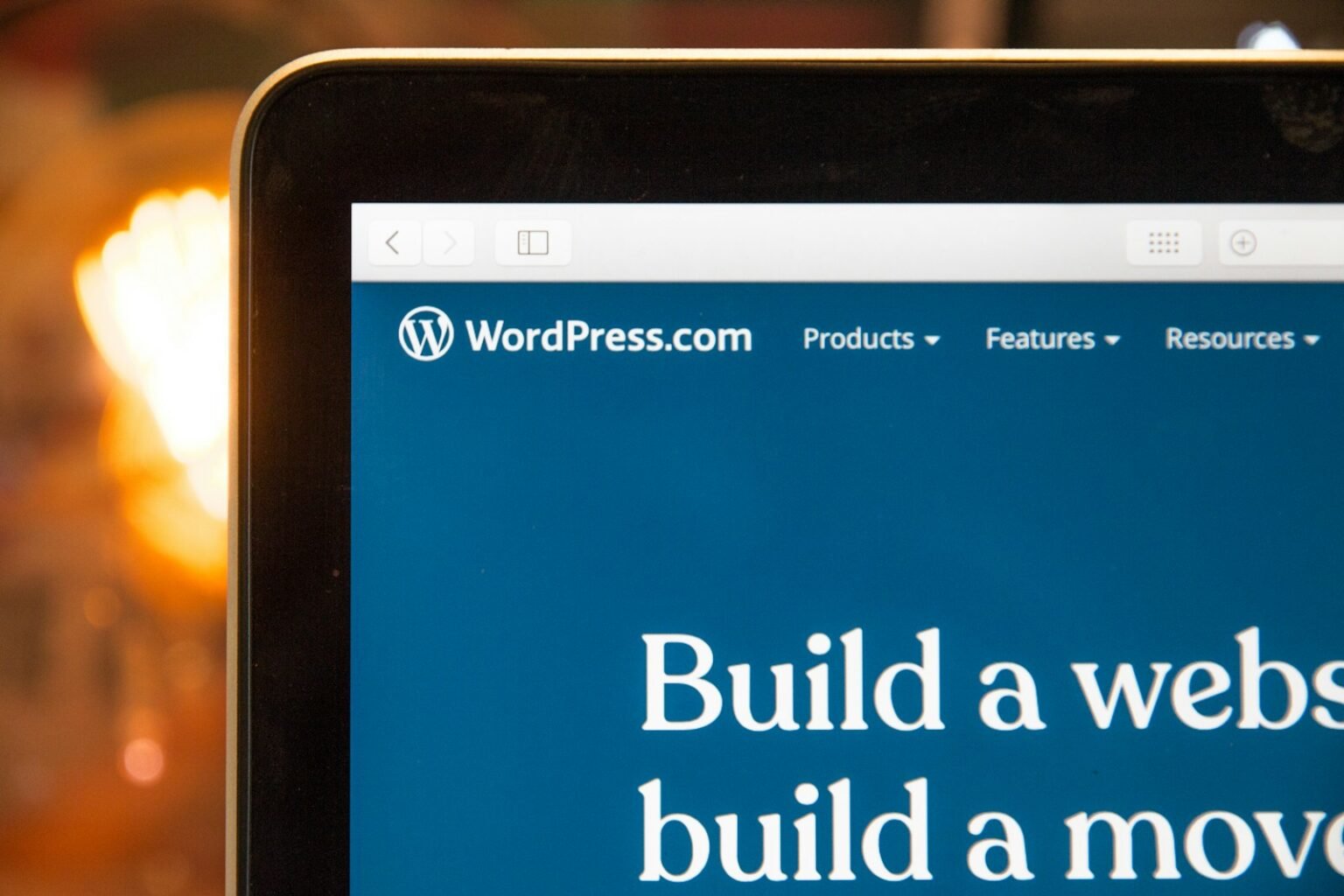A fast-loading WordPress website is crucial for improving user experience, boosting SEO rankings, and increasing conversion rates. If your site takes too long to load, you risk losing visitors and potential customers. In this blog, I will walk you through proven techniques to optimize your WordPress website for speed, ensuring that you provide the best possible experience for your audience.
Choose a Reliable Hosting Provider
The foundation of a fast WordPress website is a reliable hosting provider. Different hosting options cater to various needs and budgets, so it’s essential to choose wisely.
Shared Hosting
- Affordable but Limited: Shared hosting is budget-friendly but can lead to slower performance, especially during high traffic periods.
- Resource Sharing: Your site shares server resources with other websites, which can cause delays.
VPS Hosting
- Improved Performance: Virtual Private Server (VPS) hosting offers better speed and control compared to shared hosting.
- Scalability: Suitable for growing websites with moderate traffic.
Dedicated Hosting
- Maximum Speed and Control: Provides exclusive server resources for your website.
- Higher Costs: Best for high-traffic websites that require robust performance.
Managed WordPress Hosting
- Optimized for WordPress: Includes features like automatic updates, caching, and enhanced security.
- Ease of Use: Perfect for those who want a hassle-free experience with premium performance.

Update WordPress, Themes, and Plugins
Regular updates keep your website secure and ensure optimal performance. Outdated software can slow down your site and expose it to vulnerabilities.
Regular Updates
- Security Patches: Updates often include fixes for potential security risks.
- Performance Improvements: New versions are designed to enhance speed and efficiency.
Use Lightweight Themes and Plugins
- Minimal Code: Opt for themes and plugins that are well-coded and lightweight.
- Avoid Bloated Features: Choose tools that provide only the functionality you need.
Deactivate Unused Plugins
- Streamline Performance: Unused plugins take up server resources.
- Regular Cleanup: Periodically review and deactivate unnecessary plugins.
Optimize Images
Images are often the largest elements on a webpage, and unoptimized images can significantly slow down your site.
Compress Images
- Tools: Use image compression tools like TinyPNG, Squoosh, or Imagify.
- No Quality Loss: Compress images without compromising their quality.
Use Proper Image Formats
- JPEG for Photos: Best for complex images with many colors.
- PNG for Graphics: Suitable for transparent or simpler images.
- WebP: A modern format with better compression rates.
Resize Images
- Match Website Dimensions: Ensure images are scaled to fit your design.
- Reduce Loading Time: Prevent loading excessively large images.
Read Also: Turbocharge Your WordPress: 15 Must-Have Free Plugins
Implement Caching
Caching helps store static versions of your website, reducing server load and improving load times.
Caching Plugins
- WP Rocket: A premium option with powerful features.
- W3 Total Cache: A popular free plugin for caching and optimization.
Browser Caching
- Static File Caching: Configure browsers to cache CSS, JavaScript, and images.
- Reduced Repeated Requests: Improves returning visitors’ experience.
Leverage a Content Delivery Network (CDN)
A CDN distributes your website’s content across multiple servers worldwide, reducing latency and ensuring faster load times for users.
Faster Load Times
- Geographical Advantage: Content is delivered from the server closest to the user.
- Improved Speed: Decreases time to load assets like images and scripts.
Enhanced Performance
- Global Availability: Reduces downtime by balancing traffic across servers.
- Scalable Solution: Ideal for websites with visitors from multiple regions.
Minify CSS and JavaScript
Minifying CSS and JavaScript files reduces their size, helping your website load faster.
Smaller File Sizes
- Remove Unnecessary Characters: Eliminate spaces, comments, and formatting.
- Tools: Use plugins like Autoptimize or manual methods for minification.
Faster Loading
- Improved User Experience: Shorter load times mean happier visitors.
- Search Engine Benefit: Google prioritizes fast-loading websites in search results.
Optimize Your Database
Over time, your WordPress database can accumulate unnecessary data. Regular cleanup and optimization can improve performance.
Clean Up Database
- Remove Clutter: Delete post revisions, spam comments, and transient data.
- Automation: Use plugins like WP-Sweep for routine cleanup.
Optimize Database Tables
- Streamline Performance: Use tools like WP-Optimize to improve database efficiency.
- Regular Maintenance: Schedule regular database optimizations.
Reduce HTTP Requests
HTTP requests occur when a browser fetches resources like images, scripts, and stylesheets. Reducing these requests speeds up your site.
Combine Files
- Merge CSS and JavaScript: Reduce the number of separate files.
- Inline Critical CSS: Load essential CSS directly in the HTML.
Optimize Images
- Sprite Sheets: Combine multiple images into one to reduce requests.
- Lazy Loading: Load images only when they enter the user’s viewport.
Enable GZIP Compression
GZIP compression reduces the size of files sent from your server to the user’s browser, speeding up data transfer.
Faster File Transfer
- Activate Compression: Use plugins like WP Rocket or server settings to enable GZIP.
- Smaller Payloads: Compress HTML, CSS, and JavaScript files.
Monitor Website Performance
Continuous monitoring ensures your optimization efforts remain effective and identifies new areas for improvement.
Use Performance Testing Tools
- Google PageSpeed Insights: Offers insights and suggestions to enhance speed.
- GTmetrix: Provides detailed performance reports and optimization tips.
Regular Monitoring
- Track Metrics: Monitor load time, server response time, and user experience.
- Adjust Strategies: Implement changes based on data-driven insights.
Read Also: Master Code Tracing: A Step-by-Step Guide
Final Thoughts
Speed optimization is not a one-time task but an ongoing process. By following these techniques, you can ensure your WordPress website delivers an impressive user experience, ranks better in search engines, and maintains high visitor engagement. Consistently monitor your site, make adjustments, and stay updated with the latest best practices to keep your website running at top speed.




